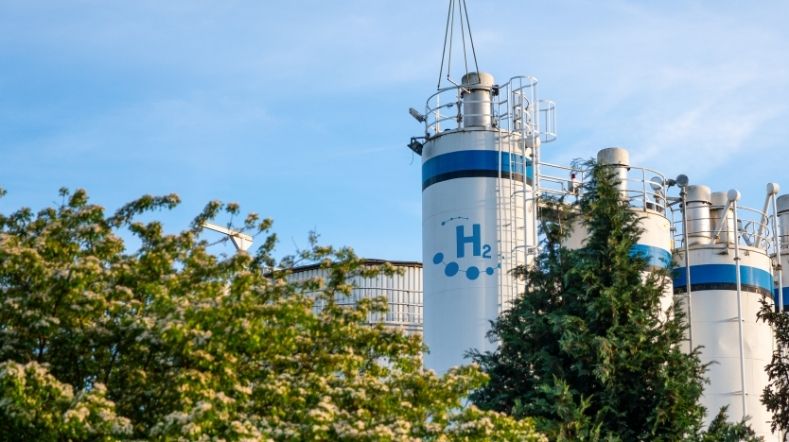
15 things you need to know about hydrogen
It is currently all hands on deck to achieve the climate targets. The energy transition really needs a big boost. Hydrogen can make an important contribution to this. Collaboration is essential in order to be able to use hydrogen successfully, for example, to contribute to CO2 reduction in industry, e-fuels for aircraft and use in the built environment. But investments are needed and there are questions.
What are the risks, what are the consequences for the citizen? What does green hydrogen mean? Lennart van der Burg, expert and business developer for Hydrogen at TNO, answers 15 pressing questions about hydrogen.
- What is hydrogen?
- What is grey and blue hydrogen?
- What is green hydrogen?
- What is turquoise hydrogen?
- What are the further fundamental differences between blue and green hydrogen?
- White hydrogen from the soil the clean energy source of the future?
- What role does hydrogen play in the energy transition?
- Which countries are also working on hydrogen?
- What are we going to use hydrogen for?
- What does hydrogen mean for the citizen?
- What are the risks of hydrogen?
- What is TNO doing in terms of hydrogen research?
- How far along is the development of green hydrogen?
- What are the biggest technical challenges posed by electrolysis?
- What is the Netherlands' position?
1. What is hydrogen?
Hydrogen is the most common element in our universe. Under normal circumstances it is gaseous and we speak of hydrogen gas (H2). Hydrogen is also the lightest gas we know and therefore has a low energy density per unit volume (in m3). Per weight (in kg), hydrogen does have a high energy density of 120 megajoules (MJ) per kg. That is almost three times as much as natural gas (45 MJ per kg). Hydrogen is often pressurized. Pressurising (compressing) hydrogen gas, however, also requires the necessary energy (about 10%).
2. What is grey and blue hydrogen?
Almost all of the hydrogen currently produced worldwide is so-called 'grey hydrogen'. Production currently takes place via Steam Methane Reforming (SMR). Here high pressure steam (H2O) reacts with natural gas (CH4) resulting in hydrogen (H2) and the greenhouse gas CO2. In the Netherlands, approximately 0.8 million tonnes of H2 are produced in this way, using four billion cubic metres of natural gas and generating CO2 emissions of 12.5 million tonnes.
The term 'blue hydrogen' or 'low carbon hydrogen' is used when the CO2 released in the process of grey hydrogen production is largely (80-90%) captured and stored. This is also called CCS: Carbon Capture & Storage. This could happen in empty gas fields under the North Sea. Nowhere else in the world is blue hydrogen produced on a large scale.
3. What is green hydrogen?
Green hydrogen, also known as 'renewable hydrogen', is hydrogen that is produced with sustainable energy. The best known is electrolysis, in which water (H2O) is split into hydrogen (H2) and oxygen (O2) via green electricity. A large number of parties in the Netherlands are experimenting with these megawatt-scale electrolysers. Hydrogen is also released during high-temperature gasification of biomass.
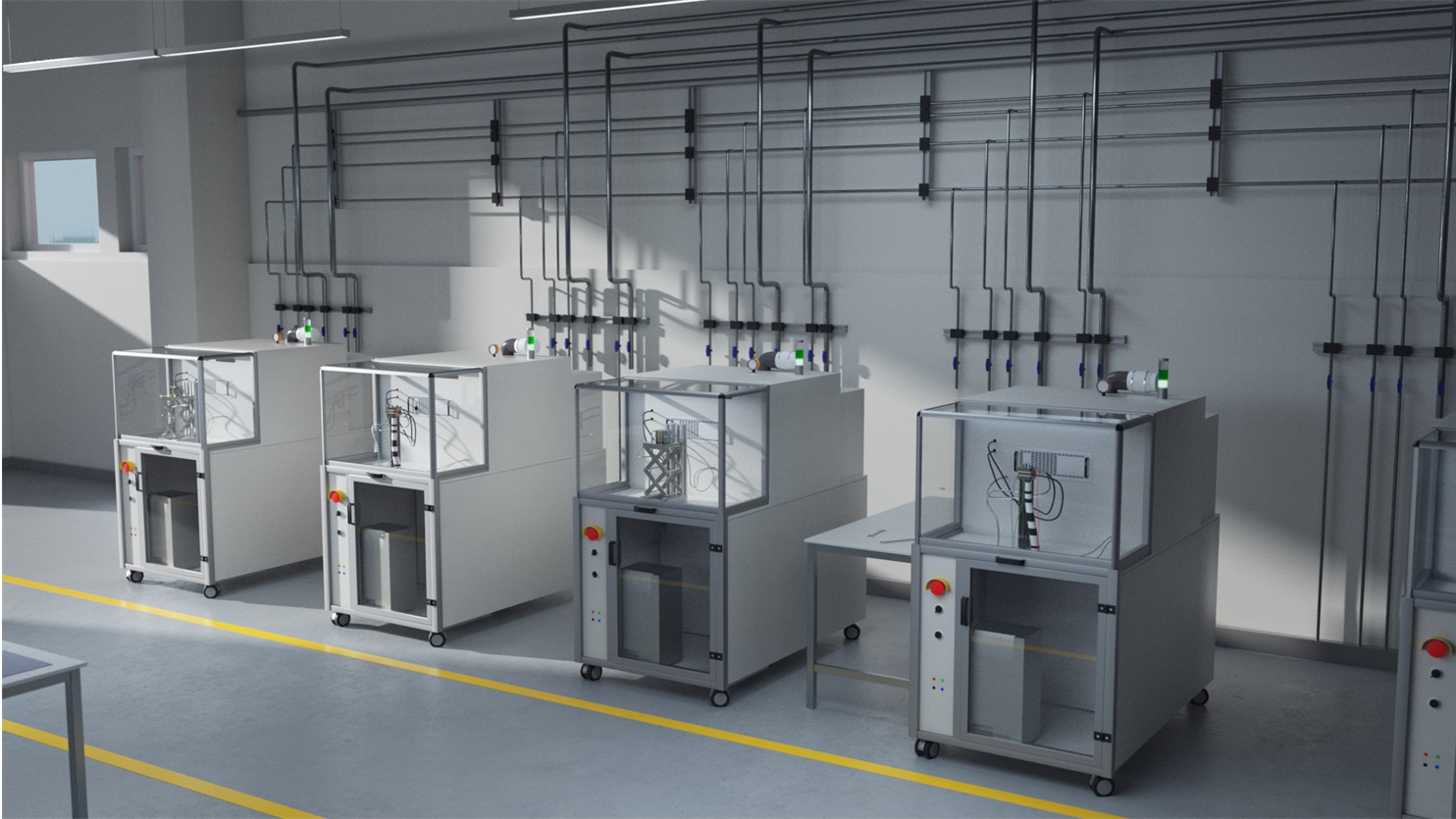
4. What is turquoise hydrogen?
Hydrogen produced from natural gas using the so-called molten metal pyrolysis technology is called 'turquoise hydrogen' or 'low carbon hydrogen'. Natural gas is passed through a molten metal that releases hydrogen gas as well as solid carbon. The latter can find a useful application in, for example, car tyres. This technology is still in the laboratory phase and it will take at least ten years for the first pilot plant to be realised.
5. What are the further fundamental differences between blue and green?
In addition to the method of production, there are a number of other key differences:
- Only green hydrogen produced via electrolysis ensures that large quantities of sustainable electricity produced at sea and on land can be properly integrated into our energy system. Only electrolysis can convert electricity to hydrogen flexibly (on demand) and then store it.
- In addition, the development of large-scale electrolysis will help cater to the rising demand for electricity and thus stimulate the growth of sustainable energy.
- There is also a difference in quality. Green hydrogen has a higher degree of purity and can be used immediately, for example in the fuel cell of a vehicle. Blue hydrogen has a lower purity level, sufficient for industrial application.
- The production of blue hydrogen is a way to 'decarbonise' industry, i.e. reduce CO2, on a large scale and at relatively low cost.
6. White hydrogen from the soil the clean energy source of the future?
We already know grey, blue and green hydrogen, but it now appears that white or natural hydrogen is also available. That comes from the soil, just like natural gas. When hydrogen is burned with oxygen, only water is released. The exact potential of white hydrogen is still uncertain and requires further research.
White hydrogen is not made from natural gas or coal (grey), not even by first capturing the CO2 (blue). Hydrogen is primarily used to heat processes in the chemical industry and for fertiliser production, and in the future, it will also be used for steel production. In the transition from fossil to green energy, it can serve as a storage buffer for electricity during periods without sun and wind.
7. What role does hydrogen play in the energy transition?
In our current energy mix, approximately 20% is supplied in the form of electricity and 80% in the form of natural gas or liquid fossil fuel (petrol, diesel). Our climate targets are going to change this situation considerably in the near future. The share of electricity generated by wind and solar power will increase sharply. For a number of applications such as heavy transport, high-temperature processes in industry and aviation, a good electrical solution is still lacking and there is still a need for a sustainable gas. Hydrogen can play a useful role here. In addition, hydrogen is important in the form of large-scale storage for those moments when it is windless and cloudy.
8. Which countries are also working on hydrogen?
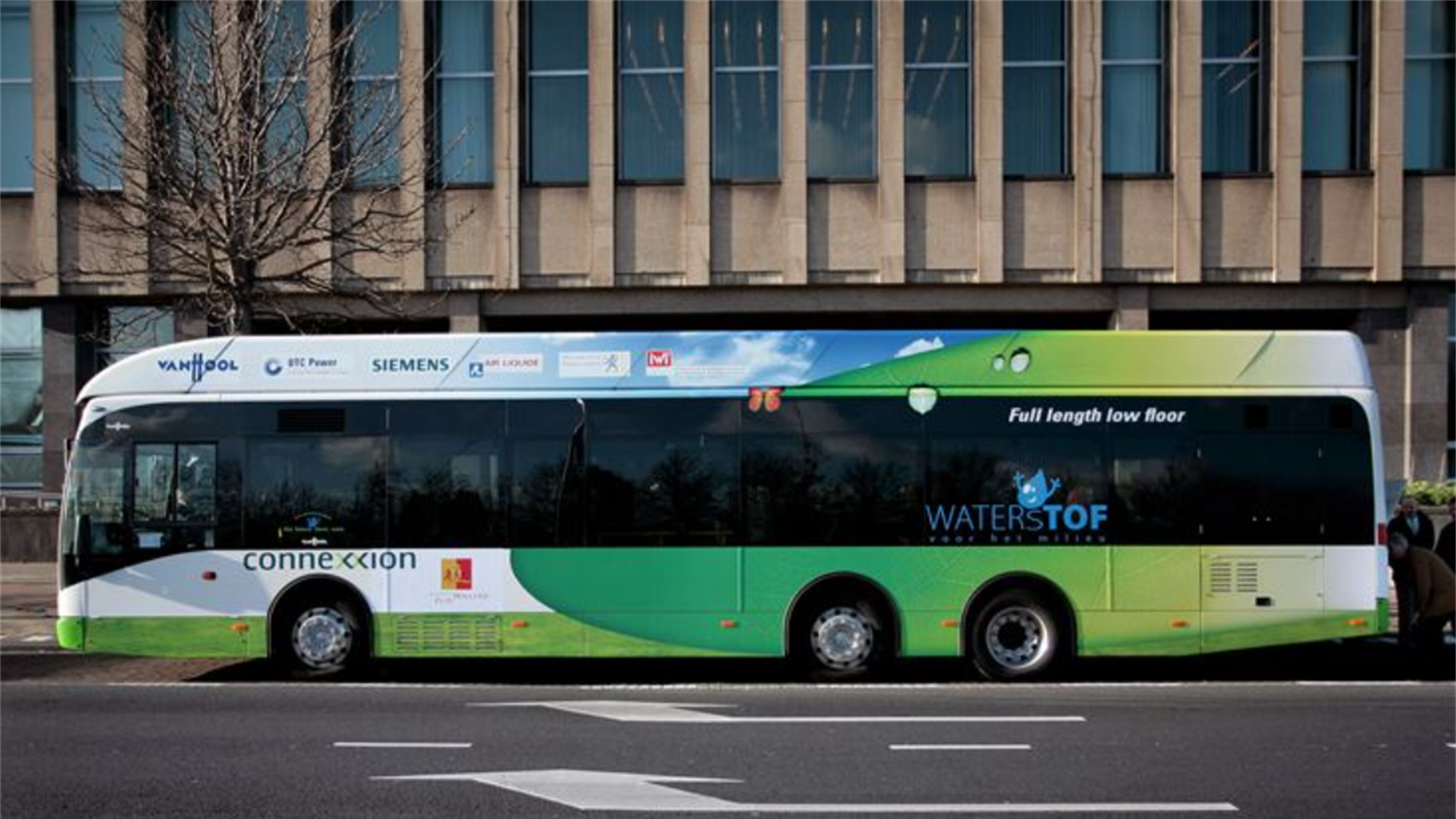
Countries such as Norway, Australia, Morocco, Chile, Saudi Arabia, China and Japan are very active with green hydrogen, mainly because there is considerable (potential) availability of cheap renewable energy from wind, solar or hydropower to produce green hydrogen. An exception to this though is Japan, which is largely dependent on imports for its energy supply and has developed a strategy to import (green) hydrogen on a large scale. Its key role lies in technology development. The Netherlands is in a good position thanks in part to our knowledge of gas and electrolysis technology, the great potential for wind energy in the North Sea and the energy-intensive industry that needs to make a strong commitment to sustainability.
9. What are we going to use hydrogen for?
Hydrogen is particularly important for the process industry. It is now mainly used for the production of fertiliser but in the future it can also be used for high-temperature processes such as steel production for which natural gas or coal is now used. In addition, hydrogen will play a role in mobility, for example for intercity buses that have to cover longer distances and where electric driving is not a solution.
10. What does hydrogen mean for the citizen?
In the short term not much will be evident. The use of hydrogen in homes, for example, will be long overdue if this happens at all. For the majority of homes, a collective heat grid or an electric heat pump offers a better solution. In traffic, the number of hydrogen cars (currently less than a hundred) and the number of hydrogen filling stations (in 2018: 3) will slowly increase.
11. What are the risks?
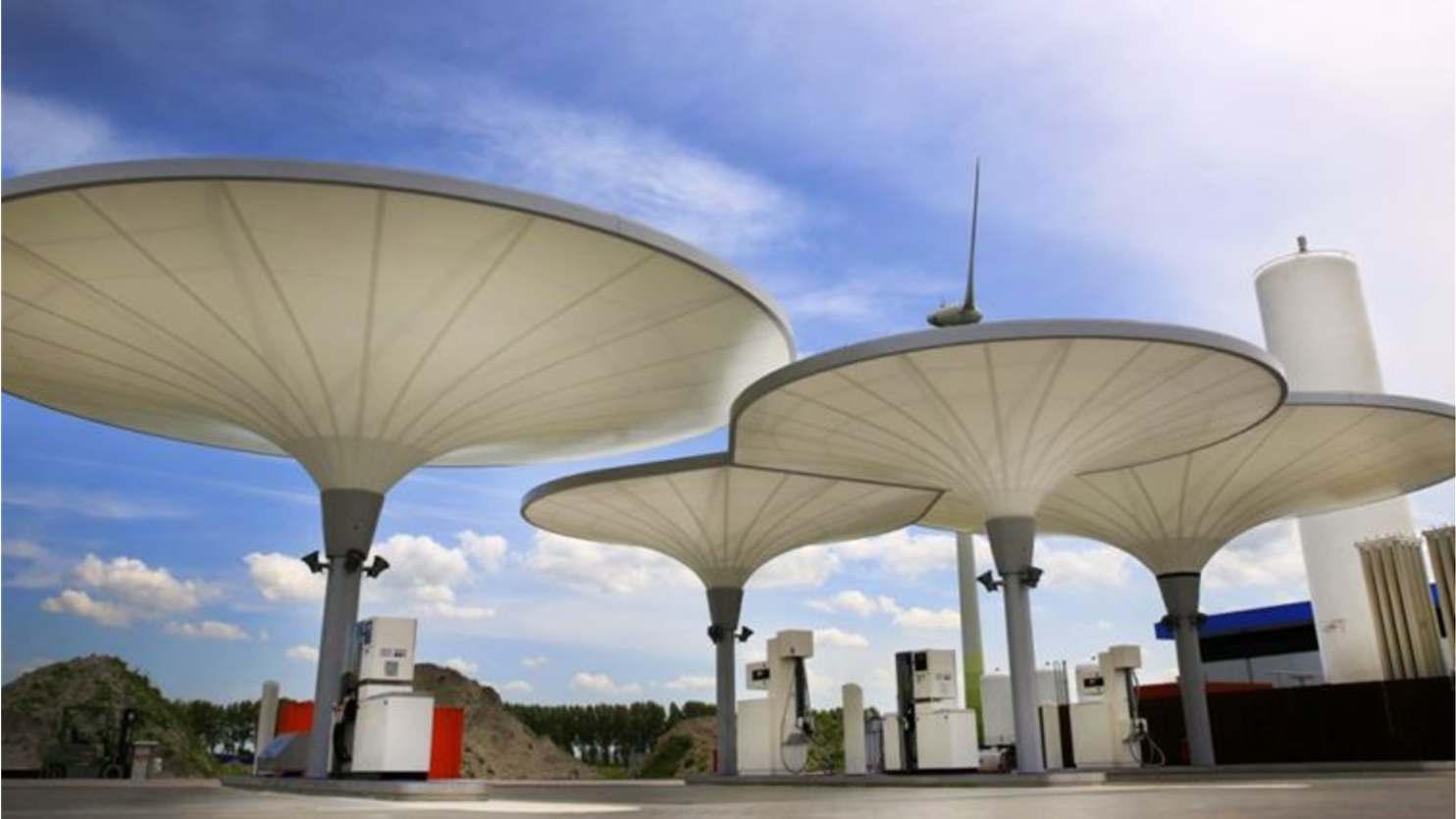
Hydrogen is a very light gas, highly flammable and is used in mobility under pressures up to 700 bar. Just like any other gas, it is important to handle it with care during production, transport and use, and to leave it exclusively to professional companies. If hydrogen is to be used in existing gas pipelines, it is important to further investigate how hydrogen actually 'behaves' in practice. Hydrogen is lighter than natural gas and can escape more easily from valves and seals.
12. What is TNO doing in terms of hydrogen research?
TNO is an independent organisation that conducts cutting-edge applied research. Its research on hydrogen focuses on production, infrastructure and applications (conversion and end-use). In 2020,TNO undertook more than 50 projects relating to these themes. Links to a selection of these projects can be found below (item 15).
TNO's hydrogen-related activities are intended to:
- contribute to the technical, social and policy innovations required to accelerate the development of hydrogen as a fuel as part of the transition to a climate-neutral energy economy
- promote the emergence of public-private ecosystems around specific hydrogen themes, for mexample manufacturing (Electrolyser Makers Platform), industrial electrification (Voltachem programme) and ffshore system integration using hydrogen (North Sea Energy programme)
- boost the Netherlands’ competitiveness in the international arena.
CO2 conversion technology for green hydrogen production
TNO has developed adsorption-based technologies to capture CO2 (SEWGS) and convert CO2 into useful products, chemicals and fuels, such as dimethyl ether (SEDMES) for the production of green hydrogen.
13. How far along is the development of green hydrogen?
Some 230 electrolysis projects entered operation between 2000 and 2018 with a total capacity of about 100 MW (source: IEA 2019, The Future of Hydrogen). In 2020, global installed capacity was 200 MW and approximately 2,400 MW by the end of 2023. These figures show that we are only getting started and that we need to develop an entirely new supply chain.
We need new companies, new suppliers and new manufacturers to develop materials and components for larger and next-generation electrolysis systems. This is a golden opportunity for the Dutch high-tech industry. The European Union's aim is to install 40 GW of electrolysis capacity in the Union by 2030 and another 40 GW in North Africa. Attaining this aim will require us to accelerate the pace of both technological innovation and the actual projects.
Developments in offshore hydrogen
Offshore wind energy plays a crucial role in the transition to cleaner energy sources. The Netherlands aims for a significant capacity for green hydrogen by 2030, with two pilot projects and various smaller initiatives.
In a TNO report for Topsector Energie (pdf), we share valuable insights into the potential, challenges, and technological advancements of offshore hydrogen production.
14. What are the biggest technical challenges posed by electrolysis?
In terms of water electrolysis, there are currently four technologies available (AEM, SOE, PEM and Alkaline), each with its specific advantages, disadvantages and level of maturity. Have a look at our video about the production of hydrogen using electrolysis. For all four technologies, the three main research challenges are:
- to reduce the capital expenditure associated with the system
- to improve system efficiency
-
to overcome barriers to large-scale production so that an annual worldwide electrolyser production capacity of 30 GW can be achieved by 2030.
15. What is The Netherlands' position?
Water electrolysis is a key technology in our future energy system. Green hydrogen production will be crucial for three major reasons.
First of all, it will allow us to capitalise on the potential for offshore wind energy in the North Sea. The limited capacity of the electricity grid means that any cost-effective integration of 70 GW of potential wind energy is not yet feasible.
One option would be to convert that electricity to hydrogen and use the high-pressure gas distribution network to transport the renewable molecules through our energy system. Second, we need hydrogen to decarbonise sectors where direct electrification is not an option. Those sectors include the steel industry, the airline industry (by using synthetic kerosene aviation fuel), and long-haul transport (by operating on fuels made from hydrogen, methanol or ammonia).
Third, we need hydrogen for seasonal storage and for stability in periods of low wind and cloud cover in Northwest Europe. Hydrogen can be stored under pressure in existing salt caverns and empty gas fields. Dutch strengths: The North Sea offers us a tremendous opportunity to generate renewable energy that we can then harness using electrolysis technology. Our geographical location and our outstanding ports mean that we can serve as a hub for the rest of Europe when it comes to hydrogen import. The Netherlands' robust manufacturing industry may be able to play a role in producing components for electrolysers.
Want more information?
Have a look at one of the articles, research or newsitems below:
Get inspired
World Hydrogen Summit 2025
Hydrogen in the energy system: The future of sustainable energy in the Netherlands and Europe
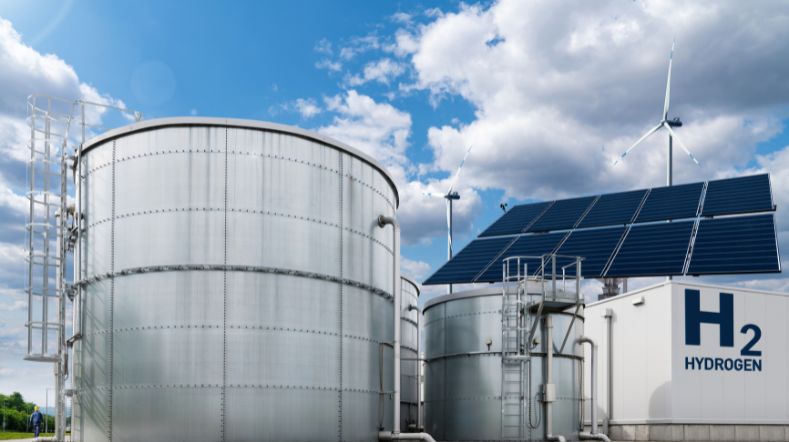

NORCE and TNO are entering into a strategic partnership on hydrogen developments


Dutch consortium participates in EU research project on large-scale hydrogen storage in depleted gas fields
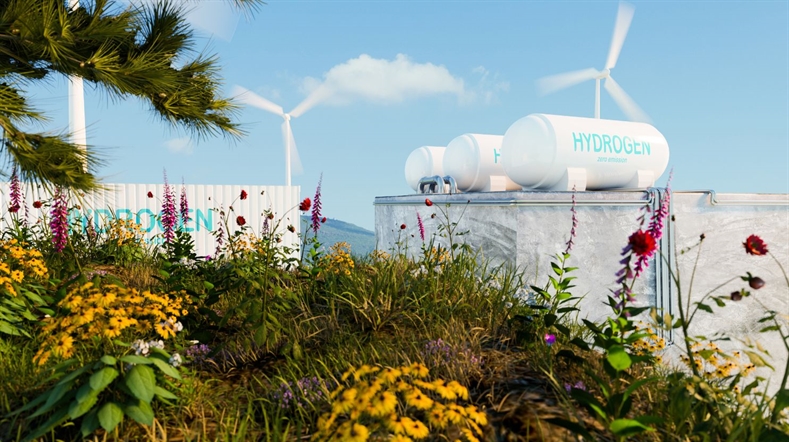

Underground hydrogen storage
